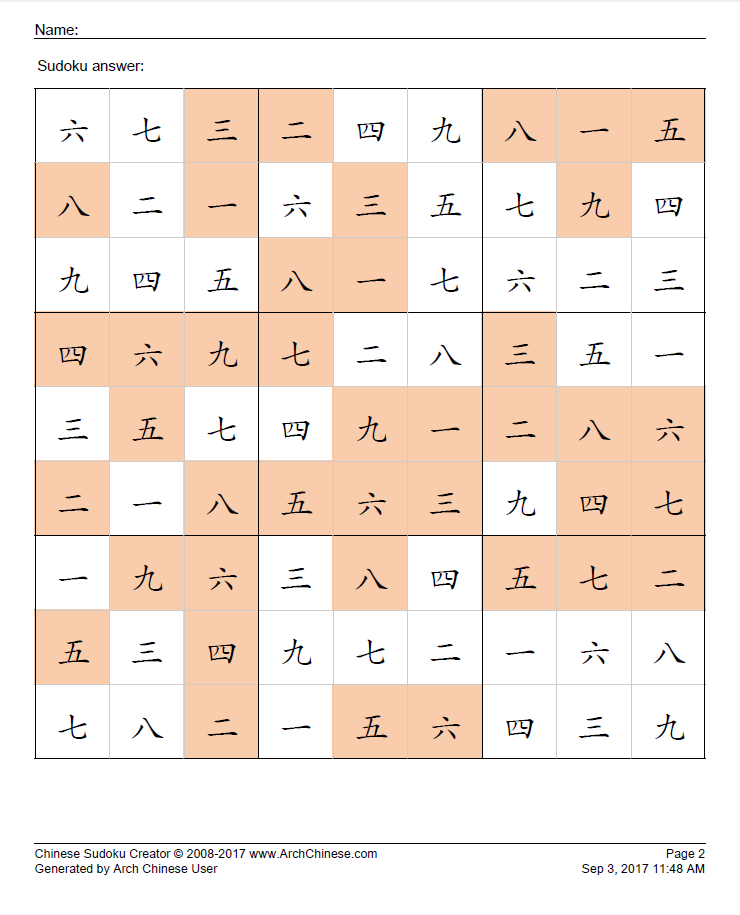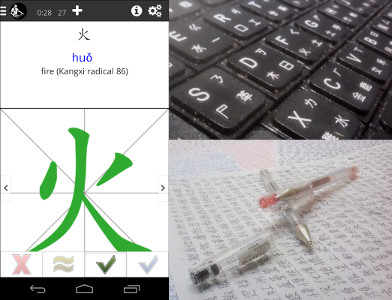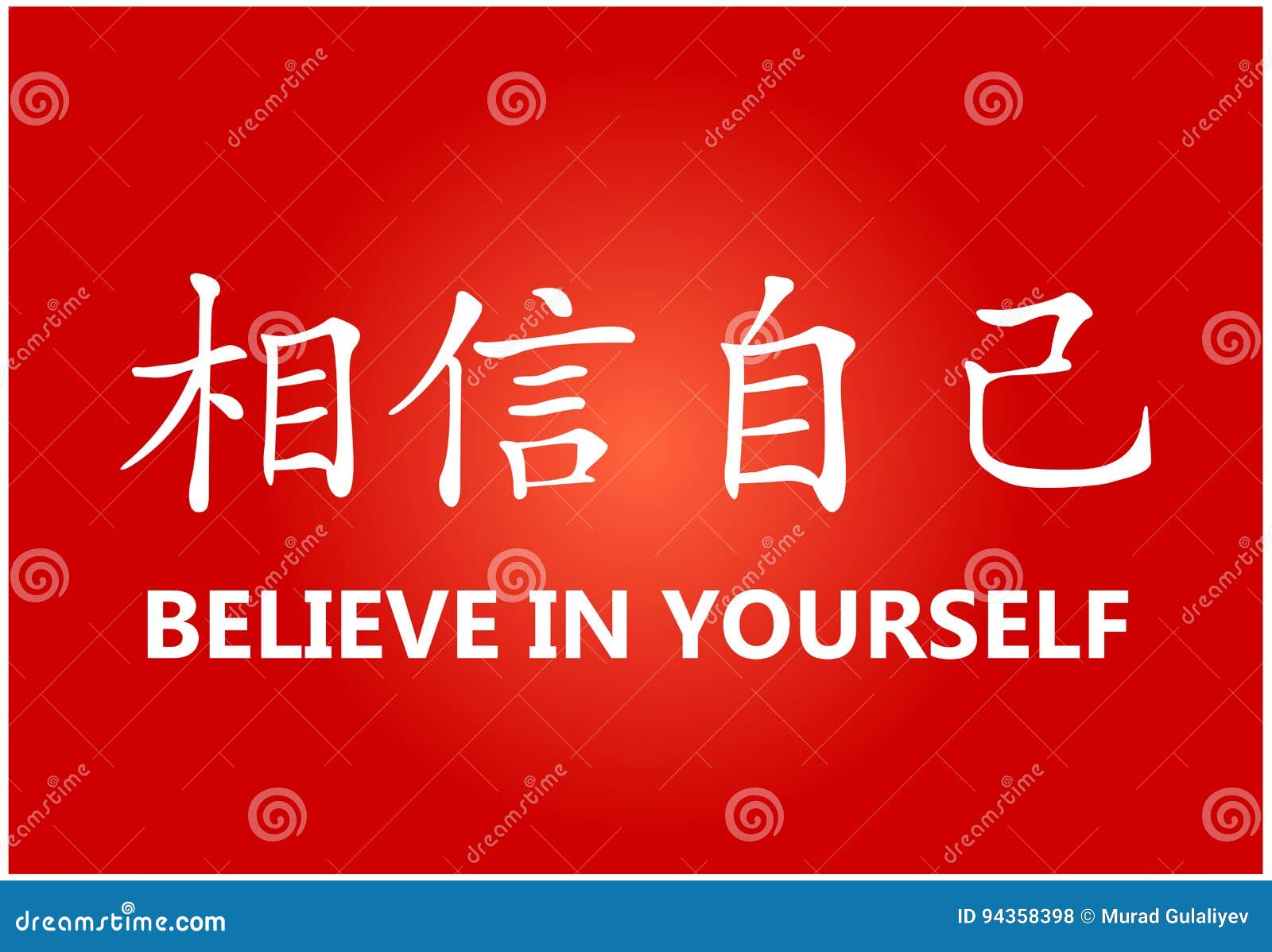

For example, the United States embassy in China recommends rendering " Obama" as 欧巴马 Ōubāmǎ, while Xinhua uses 奥巴马 Àobāmǎ. Increasingly, other countries are setting their own official standards for Chinese transcription and do not necessarily follow Xinhua's versions, just as Xinhua's version differs from Wade–Giles and other international standards. In Malaysia, transcription/translation standards are established by Chinese Language Standardisation Council of Malaysia. In Singapore, transcription standards are established by the Translation Standardisation Committee for the Chinese Media and in 2014 was moved to National Translation Committee (NTC) of the Ministry of Communication and Information.

In practice, transcriptions based on both Cantonese and Mandarin pronunciations have been used. The Basic Laws of the Hong Kong ( article) and Macau ( article) Special Administrative Regions provide that "Chinese" will be the official languages of those territories, in addition to English and Portuguese, respectively leaving ambiguous the relative preference for Cantonese and Mandarin. The English table is reproduced below those for a number of other languages are available on the Chinese Wikipedia. It also includes transcription tables for names and terms which are not included.

As the name implies, the work consists of a dictionary of common names. Xinhua publishes an official reference guide, the Names of the World's Peoples: a Comprehensive Dictionary of Names in Roman-Chinese ( 世界人名翻译大辞典 Shìjiè Rénmíng Fānyì Dà Cídiǎn), which controls most transcription for official media and publication in mainland China. In the People's Republic of China, the process has been standardized by the Proper Names and Translation Service of the state-run Xinhua News Agency.

Since there are so many characters to choose from when transcribing a word, a translator can manipulate the transcription to add additional meaning. This is particularly true since Chinese is written as monosyllabic logograms, and consonant clusters foreign to Chinese must be broken into their constituent sounds (or omitted), despite being thought of as a single unit in their original language. Modern Han Chinese consists of about 412 syllables in 5 tones, so homophones abound and most non-Han words have multiple possible transcriptions. Except for a handful of traditional exceptions, modern transcription therefore uses the standardized Mandarin pronunciations exclusively. Similarly, " Standard Chinese" ( 普通话 Pǔtōnghuà) has been mandatory for most media and education throughout the People's Republic of China since 1956. This status continued under the Republic, which retained the importance of the " National Language" ( 國語 Guóyǔ) despite moving its capital to Nanking, Chungking, and Taipei, none of which natively spoke it. However, for mass media and marketing within China and for non-European languages, particularly those of the Chinese minorities, transcription into characters remains very common.ĭespite the importance of Cantonese and other southern coastal varieties of Chinese to foreign contact during the 19th century (as seen, for instance, in the number of Cantonese loanwords in English), the northern capital dialect has been formally sanctioned within the country for centuries. Since, in mainland China and often in Taiwan, Hanyu Pinyin is now used to transcribe Chinese into a modified Latin alphabet and since English classes are now standard in most secondary schools, it is increasingly common to see foreign names and terms left in their original form in Chinese texts. Transcription is distinct from translation into Chinese whereby the meaning of a foreign word is communicated in Chinese. Transcription into Chinese characters is the use of traditional or simplified Chinese characters to phonetically transcribe the sound of terms and names of foreign words to the Chinese language.


 0 kommentar(er)
0 kommentar(er)
